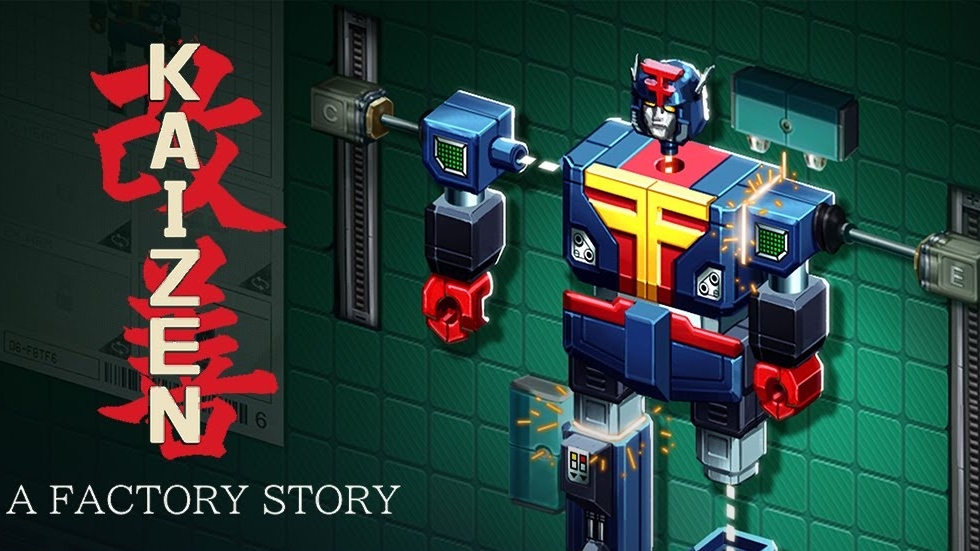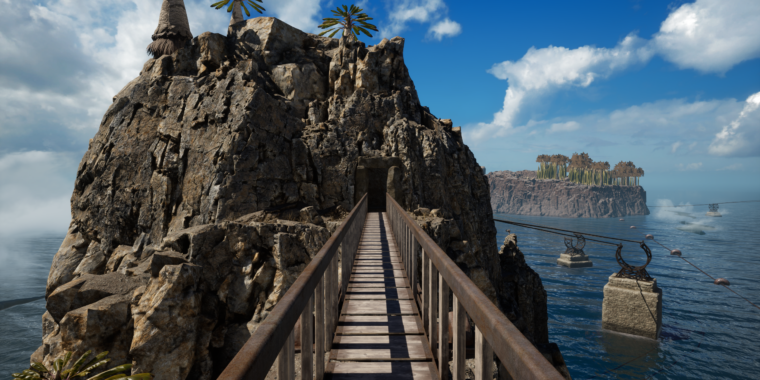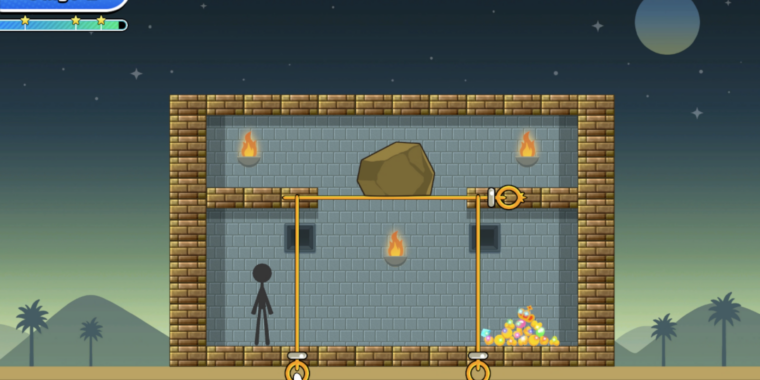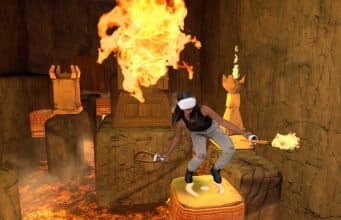Kaizen: A Factory Story makes a game of perfecting 1980s Japanese manufacturing
Zach Barth, the namesake of game studio Zachtronics, tends to make a certain kind of game.
Besides crafting the free browser game Infiniminer, which inspired the entire global Minecraft industry, Barth and his collaborators made SpaceChem, Infinifactory, TIS-100, Shenzen I/O, Opus Magnum, and Exapunks. Each one of them is some combination of puzzle game, light capitalism horror, and the most memorable introductory-level computer science, chemistry, or logistics class into which you unwittingly enrolled. Each game is its own thing, but they have a certain similar brain feel between them. It is summed up perhaps best by the Zachtronics team itself in a book: Zach-Like.
Barth and his crew have made other kinds of games, including a forward-looking visual novel about AI, Eliza, and multiplayer card battler Nerts!. And Barth himself told PC Gamer that he hates “saying Zach-like.” But fans of refining inputs, ordering operations, and working their way past constraints will thrill to learn that Zach is, in fact, back.
Announcement trailer for Kaizen: A Factory Story.
Kaizen: A Factory Story, from developer Coincidence and comprising “the original Zachtronics team,” puts you, an American neophyte business type, in charge of a factory making toys, tiny electronics, and other goods during the Japanese economic boom of the 1980s. You arrange the spacing and order of operations of the mechanical arms that snap the head onto a robot toy, or the battery onto a Walkman, for as little time, power, and financial cost as possible.
Kaizen: A Factory Story makes a game of perfecting 1980s Japanese manufacturing Read More »






